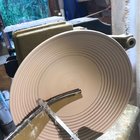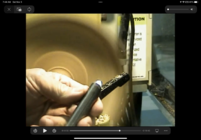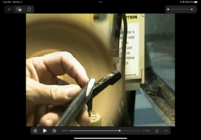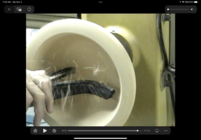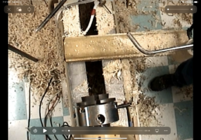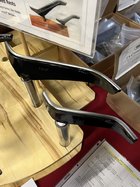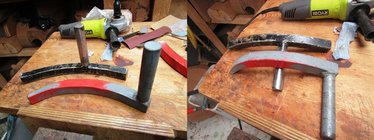I was wondering whether an inside curved tool rest is an aid to hollowing out the inside of an open bowl? An example would be the Robust Internal Curve Tool Rest with approximately an 8" radius.
I have no problem with getting a smooth surface on the outside of my bowls, but the inside is much more difficult to get smooth without tearout. I'm better than I used to be but I thought it was possible a curved tool rest for inside curves might help.
I have no problem with getting a smooth surface on the outside of my bowls, but the inside is much more difficult to get smooth without tearout. I'm better than I used to be but I thought it was possible a curved tool rest for inside curves might help.

